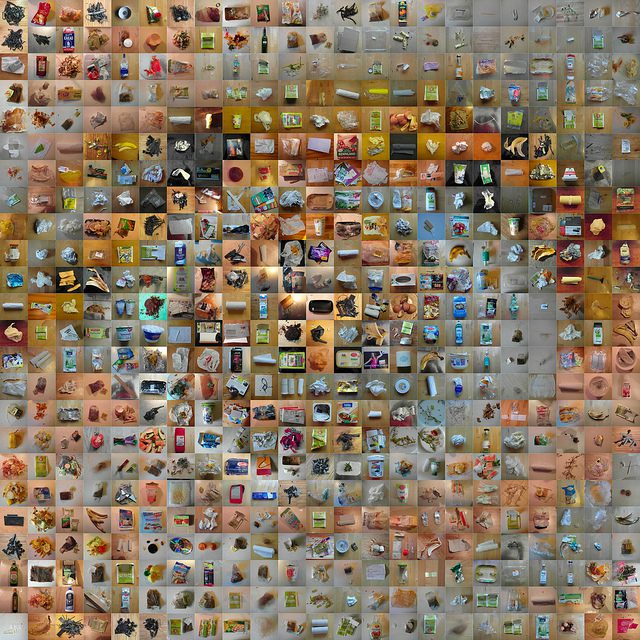If you’ve ever wondered why your prescription pill bottle has way more pills than you need or your eye drop medicine spills down your cheek, here’s the answer. The drug manufacturers want it that way. They get paid for drug waste, so the more waste, the more profits.
NPR and Pro Publica report on how pharmaceutical companies see no reason to address the issue of waste, even when it’s easy for them. Why should they? Congress is literally supporting the waste, requiring taxpayers to pay for it in Medicare and other federally funded programs.
Prescription drug waste is everywhere. And, when Americans are not paying for this waste in higher drug costs and copays, they may be foregoing needed medicines, which have become all the more unaffordable because of the waste.
Here’s just one story: Back in the 90s, Alcon Laboratories developed a microdrop that delivered eye medicine for people with glaucoma with minimal waste. Alcon made the eye drops smaller. The human eye can absorb 7 microliters but the typical drop size is 3.5 to 8 times that, meaning that consumers pay for a lot more medicine than they can use.
When Alcon tested the microdrops, it found that patients preferred them. The microdrops worked as safely and effectively as the larger drops. And, they reduced stinging and burning caused by the larger drops.
But Alcon determined that using the microdrops would reduce its profits. Using the microdrops and charging the same price for its eye drugs would make Alcon’s products look twice as expensive as its competitors. If Alcon used the microdrops for all eye products, it could cut its profits in half. So, the microdrops were never developed.
Instead, 30 years later, people continue to use way more eye medicine than they need, with unnecessary stinging and burning, and they struggle to pay for it. You’re left to wonder why the federal government and commercial insurers are willing to pay for the larger drops.
Here’s more from Just Care:










